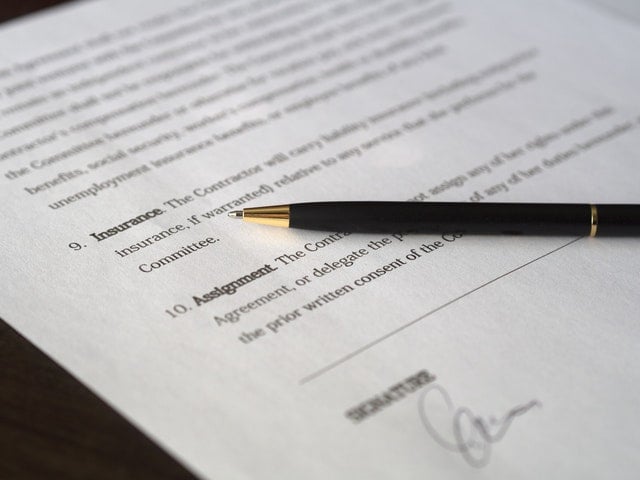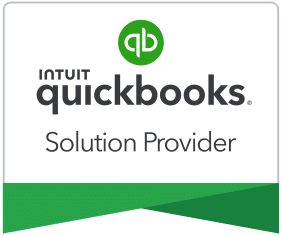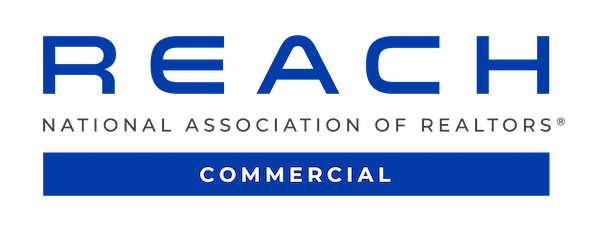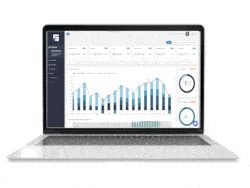To ensure that your lease agreement contains all the necessary parts, keep reading and learn about the essential elements of a commercial lease.
Pieces of a lease to know
When leasing a commercial real estate space, it’s crucial to formally explain all the elements of the deal in a Commercial Lease Agreement. This detailed document will help both parties to avoid misunderstandings and disputes throughout the life of the lease. It’s very important that both the landlord and the tenant understand each aspect of the lease agreement before signing. In addition, having everything in one document makes it easy to refer back to in the future.
Parties to the Lease
The first part of a commercial lease should name each of the Parties to the Lease. In other words, name the landlord and tenant, also called lessor and lessee, at the beginning of the lease. This is important to ensure accuracy, especially when it comes to the legal names of businesses. For example, be sure to use the correct designators such as LLC or Inc. where applicable.
Premises Clause
Also located at the beginning of a commercial lease agreement, the Premises Clause describes the rented space. The street address of the space is essential, but it’s only a starting point. You should also include a description and details about the rented space. This may consist of common areas, parking spaces, square footage, and more.
Use Clause
The Use Clause spells out how the tenant is allowed to use the space they’re renting. This will be very specific to each lease. For example, it might state that the space must be used for retail, or it may state that certain business activities are prohibited. It should also cover the major liabilities where safety is concerned. That being said, it shouldn’t place unreasonable restrictions on the tenant.
Rent Payment
This important clause in a commercial lease should state how much the tenant must pay, when they must pay it, and how they can pay it. Also, it should describe lease rate escalations, how often they occur, and how they are calculated.
Term Clause
The Term Clause describes the length of the lease along with the exact starting date, first date that tenant is responsible for paying rent, and (if known) ending date of the tenancy. This important section should also include information and details about renewing the lease.
Security Deposit or Letter of Credit Requirements
If the lessor requires a security deposit or a letter of credit, there should be a section describing the amount required. Both of these act as a safety net so that the landlord can pay for damages or cover any rent that goes unpaid by the tenant. And, there are rules for how security deposits need to be tracked. You can check out this article, Why Do I Need to Track Tenant Security Deposits for more information.
Alterations/Improvements
All commercial leases should state whether the tenant can make alterations or improvements to a rented space. To ensure both parties have a clear understanding of the situation, it’s a good idea to consider all the possibilities and lay them out in detail.
Utilities/Maintenance Clause
Commercial leases should have a clause detailing responsibility for paying utilities and keeping the space maintained. For example, it could state that the tenant is responsible for utility costs, but the landlord is responsible for repair costs to maintain the condition of the property. This section may also contain a code compliance clause.
Insurance Clause
The Insurance Clause should specify the obligation the tenant has to maintain insurance coverage. Requirements may vary depending on the particular risks involved with the commercial space and the business that is operating there. These may include property and liability insurance, rental interruption insurance, leasehold insurance, and more. For more information on this topic, check out this article, What’s the Purpose of Requiring Certificates of Insurance from Tenants.
Don’t Forget These Elements of a Commercial Lease
There may be other necessary clauses depending on the lease. However, the above clauses are the essential basic elements for every commercial lease. By writing an accurate, detailed lease, you can bypass many of the problems that commonly occur in landlord/tenant relationships.
Do you need a better way to keep track of all your commercial leases and the various provisions within each of them? With STRATAFOLIO, you can upload leases & documents, get reminders when a lease is coming up for renewal, and automatically capture rent escalations with the invoicing function. Get in touch with STRATAFOLIO to schedule a demo and learn more about how we can help you manage your commercial real estate portfolio!






